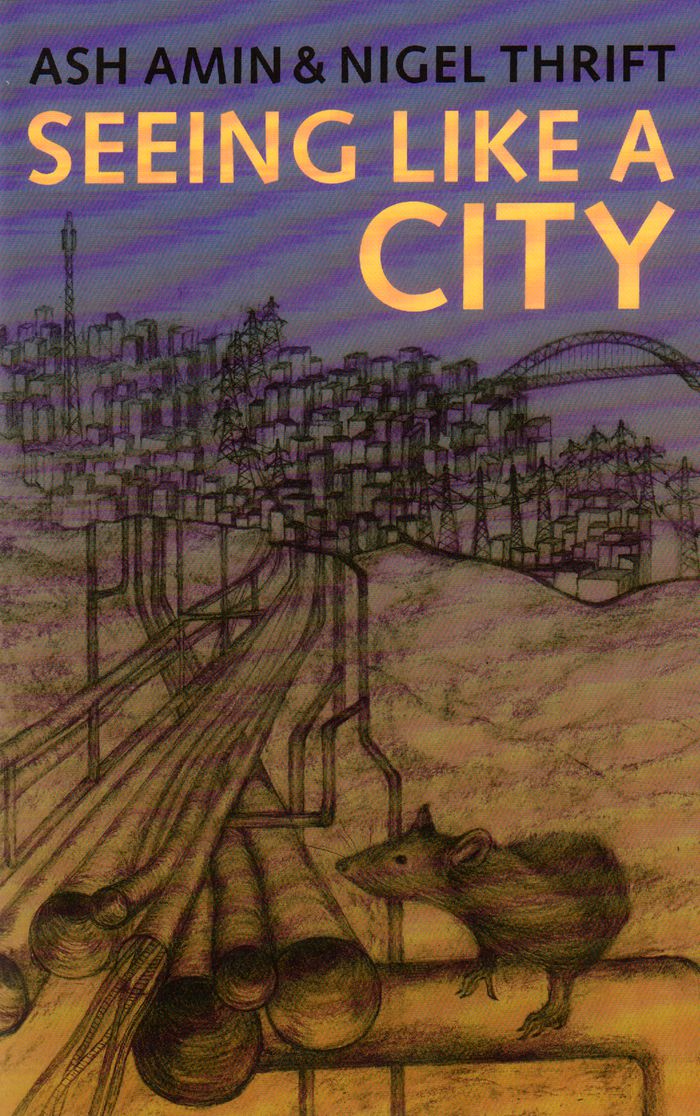livres
$39.95
(disponible sur commande)
Résumé:
This book develops a fresh and challenging perspective on the city. Drawing on a wide and diverse range of material and texts, it argues that too much contemporary urban theory is based on nostalgia for a humane, face-to-face and bounded city. Amin and Thrift maintain that the traditional divide between the city and the rest of the world has been perforated through urban(...)
Cities : reimagining the urban
Actions:
Prix:
$39.95
(disponible sur commande)
Résumé:
This book develops a fresh and challenging perspective on the city. Drawing on a wide and diverse range of material and texts, it argues that too much contemporary urban theory is based on nostalgia for a humane, face-to-face and bounded city. Amin and Thrift maintain that the traditional divide between the city and the rest of the world has been perforated through urban encroachment, the thickening of the links between the two, and urbanization as a way of life. They outline an innovative sociology of the city that scatters urban life along a series of sites and circulations, reinstating previously suppressed areas of contemporary urban life: from the presence of non-human activity to the centrality of distant connections. The implications of this viewpoint are traced through a series of chapters on power, economy and democracy.
livres
mars 2002,
Théorie de l’urbanisme
Seeing like a city
$24.95
(disponible sur commande)
Résumé:
Seeing like a city means recognizing that cities are living things made up of a tangle of networks, built up from the agency of countless actors. Cities must not be considered as expressions of larger paradigms or sites of human effort and organization alone. Within their density, size and sprawl can be found a world of symbols, bodies, buildings, technologies and(...)
Seeing like a city
Actions:
Prix:
$24.95
(disponible sur commande)
Résumé:
Seeing like a city means recognizing that cities are living things made up of a tangle of networks, built up from the agency of countless actors. Cities must not be considered as expressions of larger paradigms or sites of human effort and organization alone. Within their density, size and sprawl can be found a world of symbols, bodies, buildings, technologies and infrastructures. It is the machine-like combination, interaction and confrontation of these different elements that make a city.
Théorie de l’urbanisme
